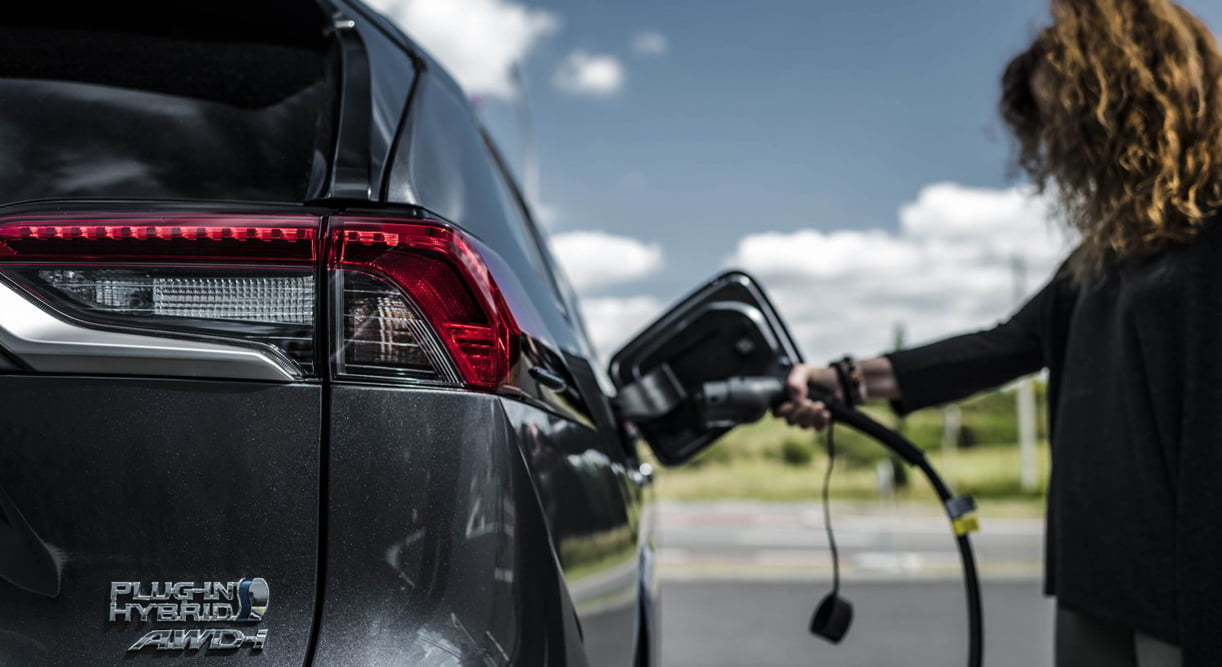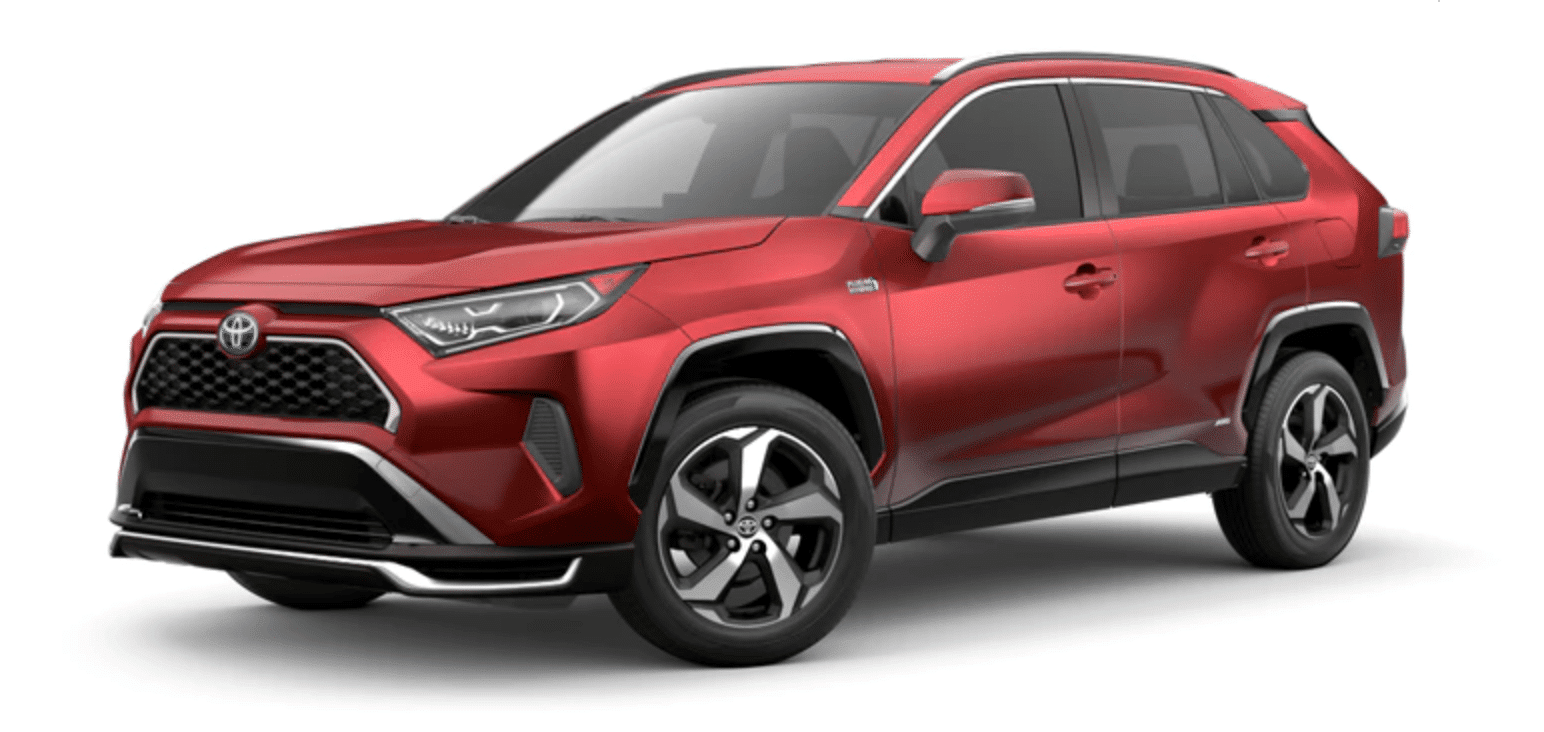

PHEVs mostly claim fuel economy in the triple-digit-mpgs because in the official test procedure they are driven a set distance starting with a full battery. This is very different to actually achieving what the manufacturer claims is possible based on the lab test.

And this is why PHEVs manage enormous fuel economy figures, yes?Ĭapable, they are capable of enormous fuel economy figures. One of those wallboxes mentioned above could bump you up to 7kW or more, thereby slashing your top-up times. On a normal domestic supply of 2-3kW you’re looking at a charge time of five hours or more, which sounds rubbish but is perfectly adequate if you’re plugged in overnight at home or at the office during the day. Because, when you’ve got a tank of petrol to fall back on, that’d be overkill. PHEVs have much smaller batteries than you’ll find in fully electric cars (typically measuring around 10 to 20kWh in size, though some blow this range out the water) but they also do without the rapid charging tech that allows EVs to be topped up in under an hour. How long does charging take?Īgain, depends on the model.
#Plug in hybrid free
Thus giving you a small amount of free (ish) range. This isn’t the same as regenerative braking (or regen braking for short), where the car recycles electricity back into the battery as you slow down. Some models allow you to charge the battery on the go using the engine as a makeshift generator, but this is horribly inefficient and kinda defeats the object. If plugging in and charging isn’t convenient (or you simply can’t be bothered with all that faffing around) then a PHEV might not be for you. You don’t need to do anything other than drive normally here, and the best PHEVs will blend the two power sources so seamlessly that you’ll barely notice the change behind the wheel. In hybrid mode, a computer will work out when’s best to use the engine and motor, often flicking between the two (or using both at the same time) while you drive. Some are capable of driving up to motorway speeds unaided, although others will need the engine to step in and help beyond a certain speed. In electric mode, a PHEV will send the electricity in its battery to the motor(s) to provide drive. This could be very handy if you’re driving into an urban area and you don’t want the local city folk to inhale your exhaust fumes. E-mode compels the car to use only the electricity in the battery (until there’s none left) hybrid mode will work out the most efficient way to deploy the battery and engine power along your journey, alternating between the two combustion mode will let you hang on to your charge until you need it. Most PHEVs have an electric mode, a hybrid mode and a combustion mode. You can read about the longest-range PHEVs by clicking these blue words. Depending on the model you’ll typically get between 20 and 60 miles from a full battery, but expect about a third less than the manufacturer claims on paper. Once full, the battery will give you a certain amount of electric range so that the car can travel without needing the engine at all. Most people will get an external home charging unit (often called a wallbox) fitted to their house or garage to allow this, though some get by with an extension lead. So how does a plug-in hybrid work?Įasy, you fill up with petrol or diesel (most PHEVs are petrols, don’t ask us why) as normal, but when you get home you plug the car into the mains using a special socket and cable. These can’t be plugged in as the car charges the battery itself with power from the engine or braking, and while that’s more efficient than a non-hybrid combustion car, all the energy still ultimately comes from the fuel tank. Other hybrids (you might have heard of ‘mild hybrids’ or ‘self-charging’ hybrids) are simpler because they use much smaller batteries, which means they can usually travel no more than a mile or two without the engine. It’s a bit like how all thumbs are fingers but not all fingers are thumbs: you can call a PHEV a hybrid but not all hybrids are PHEVs.Ī plug-in hybrid is the most sophisticated type of hybrid car there is. And this is different from other types of hybrid, yes? So for short distances you’ve got all the benefits of driving an electric car without the drawback of having to worry about charging when you travel further afield. Once the battery runs out, the engine seamlessly kicks in and you’re back to driving a normal car again. It’s called a plug-in hybrid because you have to plug in a cable to charge the battery: this is what gives you a certain amount of zero-emissions range, for which you can drive around without using the engine and with nothing coming out of the tailpipe.


 0 kommentar(er)
0 kommentar(er)
